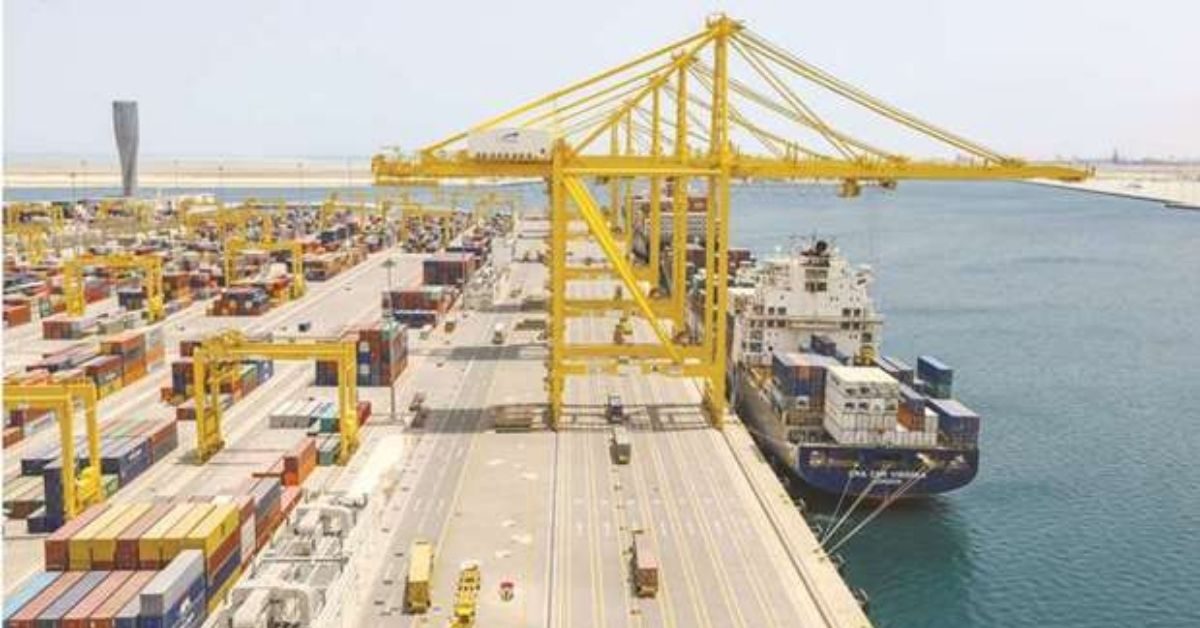The country’s Hamad, Doha and Al Ruwais ports also posted a robust two-digit year-on-year growth in container handling and the number of ships arrived this April; even as the country tightened the Covid-19 restrictions owing to second wave of the pandemic. Specifically, the building materials handled by these ports more than doubled year-on-year in April 2021; indicating a robust outlook for the construction sector, as corroborated by the rising trends in building permits issued in the recent months.
The increase in transshipment in April 2021 comes amidst the government’s plan to transform Qatar into a vibrant regional trading hub in the region, given its geographical proximity with the continents and attractive regulatory, legal environment as well as robust infrastructure.
The container handling through the three ports stood at 137,966 TEUs (twenty-foot equivalent units), which grew 25.04% and 0.17% year-on-year and month-on-month respectively in April 2021. The container handling stood at 549,098 TEUs in January-April this year. QTerminals had recently tweeted that Hamad Port handled container volume of more than 5mn TEUs since the start of operations. Hamad Port, which is the largest eco-friendly project in the region and internationally recognised as one of the largest green ports in the world, alone saw 135,710 TEUs of containers handled in April 2021.
The number of ships calling on Qatar’s three ports stood at 300 in April 2021, which was 33.93% and 20% higher on both yearly and monthly basis respectively. As many as 1,047 ships had called on the ports during the first four months of this year.
Hamad Port’s strategic geographical location offers opportunities to create cargo movement towards the upper Gulf, supporting countries such as Kuwait and Iraq and south towards Oman. Qatar’s share in the overall Middle East trade is expected to significantly increase with the robust technological infrastructure supporting the Hamad Port’s second container terminal (CT2).
The building materials handled amounted to 49,129 tonnes in April this year, which more than doubled year-on-year and was up 0.42% month-on-month in the review period. A total of 248,079 tonnes of building materials had been handled by these three ports during January-April 2021. The rebound of business activities, especially in the construction sector, corroborates the Qatar Financial Centre’s positive outlook on the non-energy private sector.
The three ports had handled 52,252 livestock in April, which more than doubled on yearly and monthly basis respectively. Together they handled 157,744 heads in the first four months of this year. The three ports handled 7,167 vehicles (RORO) in April 2021, which grew 52.33% and 7.47% year-on-year and month-on-month respectively. They together handled 26,896 vehicles in January-April this year. Hamad Port alone handled 7,116 units in April this year.
The general cargo handled through the three ports stood at 123,438 tonnes in April 2021, which showed a 10.19% and 8.1% decline on a yearly and monthly basis respectively. Hamad Port alone handled 118,903 freight tonnes of break-bulk in April this year. On a cumulative basis, the general cargo movement through the three ports totalled 586,008 tonnes in the first four months of this year.
Source: Gulf Times






